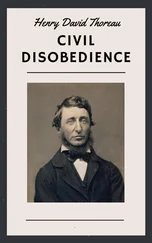It was five to eight, and a minute later, at four to eight, he glanced at his watch and said that soon he would have to be going. The face was still disintegrating within the space of the drawing, sometimes it even slipped off and then reappeared, full of empty spaces, but in the next two or three minutes it became quite clearly defined, though this was maybe only my impression, since I was sitting across from Daniel Atijas, and the whole time, despite the angle at which I was looking at his real face, I could compare the elements of the drawings with details of the model. At precisely eight o’clock, Daniel Atijas raised the last drawing, studied it while holding it to the light, as if looking for the watermark in the sheet of paper, and then turned it and laid it on the pile with the others. He looked at me over the table, and for a moment I thought he might reach over and put his hand on mine. He did not, of course, do that. He is waiting, I thought, for me to say something first, but I really did not know what to say. I looked at the clock and saw the big hand shiver and move a notch. As if he had been waiting for this, Daniel Atijas got up, lifted the drawings, and flipped over the bundle so that the wavy furrow was on top. He touched it, cautiously, as if it were piping hot, and then he turned, mumbled that he was late, and headed for the door. I didn’t have to look at the clock again.
I got up from the chair and hurried after him. He was already on the path, among the shadows, and here, once he had moved away a little, he stopped and raised his arm. I raised mine, my right arm, and so we stood, without a word, without a breath, in the morning freshness, and though I knew his departure was inevitable, at that moment he looked like someone who had nowhere to go. And then he left. He began walking faster and faster until he broke into a run and disappeared at the bottom of the path. For a moment I had the thought that I should go after him, that I should go to the dining hall for breakfast or at least find a private spot where I could watch him leave, but I went back to the studio, shut the door, and went over to the table. I sat in the chair on which he had just been sitting: it was still warm. I reached over and touched the furrow on the paper exactly where he had touched it. I suddenly thought that I’d be back on the plains again soon, and I was glad.
AFTERWORD. ONLY BANFF IS REAL
In the opening pages of Globetrotter, the painter (never named) from Saskatchewan searches for the right way to strike up a conversation with the Serbian Jewish writer Daniel Atijas. The two men are fellows at the art center nestled in the Banff National Park in the heart of the Canadian Rockies. After exploring several avenues, and still determined to start a conversation, the protagonist settles on the strategy of musing out loud about what kind of a novel he, a painter, might write about Banff.
Like his character Daniel Atijas, David Albahari was a writing fellow at the Banff Centre when he first came to Canada from Serbia in the middle of the wars of the 1990s. I had been translating Albahari’s stories since we first met in the late 1980s, while both of us were still living in what was then Yugoslavia: he in Belgrade, I in Zagreb. I returned to my native Boston in 1990, and Albahari came to Canada to be a resident in Banff in 1994. The first I heard of the Banff Centre was when Albahari faxed me an essay during his residency so that he could read it, in my translation, to a gathering of the fellows. I recently found fragments of it in the depths of my computer and was able to salvage this passage:
On the first floor and part of the second was the local bookstore. When I discovered it on my second day in Banff, I closely perused the shelves with books of prose and poetry and, by habit, pulled out the books I wanted to own. Then, one by one, I put them back on the shelves where I’d found them. The rest of the books had already begun to expand, taking over the newly emptied spaces, but I was persistent. I repeated this ritual, which I have developed over the past two or three years, denying myself any opportunity of bringing a book home with me from a trip. It took the war for me to understand the futility of all property; despite my intention to “wander free as a bird,” I had accumulated belongings, I had hoarded, I had stuck to things like a caterpillar sticks to a leaf, but when I greeted Jewish refugees from Sarajevo, each one spoke of “his” books, of despair at the thought that “someone else’s foot” was kicking them around or “someone else’s hands” were tossing them into flames.
We never learn what the painter or Daniel Atijas might have written about his stay in Banff, but Globetrotter is the Banff novel that David Albahari wrote; it was originally published in Serbian in 2001 and has been translated into French and now English.
The novels that Albahari wrote during his eighteen years in Canada create together a sort of meta-narrative. Each one functions well on its own, and each is quite distinct from all the others, yet if you read two, or three, or all of them, you will enjoy a rich interplay of images and perspectives, absences and presences.
The short stories he was writing before he moved to Canada secured his standing within Serbian literature and inaugurated themes he has explored ever since; a selection are published in English translation in Words Are Something Else. He has also shone as a translator of such American writers as John Barth, Robert Coover, and Thomas Pynchon. Like the works he has chosen to translate, his short stories have been postmodern and experimental. Throughout his writing career he has employed a dark, feverish humor, and Albahari, it is fair to say, is obsessed by obsession. All of his prose is structured around bickering, dueling voices; he uses those voices to poke at the nature of fiction, art, history, to illuminate his characters, to move his story forward. A thread that runs through his work is the nature of presence and absence, which is particularly pertinent to his Canadian novels, since his absence from Serbia has so clearly defined the presence, in Serbia, of his writing.
Except for Götz and Meyer , Albahari’s Canadian novels, Bait, Snow Man, Leeches, Globetrotter, and Darkness ( Mrak; the only one that has not yet been translated into English), have many common threads. Each features a writer. Jewish characters appear in almost all of them. Native Americans and their lore have their place, as does talk about the nature of words and writing. And the war is always an absent presence, dictating the narrative from a distance. It is only with Leeches that Albahari brings his story home to the hostilities shaping Serbian life in the late 1990s, although even Leeches is narrated from abroad, possibly Canada, to which the narrator is forced to flee. Götz and Meyer is the one exception among the Canadian novels, for the story explores the fate of Jews in Serbia during World War II; it begins and ends in Belgrade.
Unlike the writer-protagonists of Snow Man and Leeches, the protagonist of Globetrotter is a painter; the writer is the novel’s object rather than its subject. The counterpoint of conversation between the protagonist painter and the writer Daniel Atijas allows for a lively discussion about art that uses paint, and art that uses words. Atijas comes up with the engaging notion that the best stories “start from the middle and then, a little like a tangled skein, resist anyone’s predictions about how they will unravel.” The bickering voices of the two men are joined by a third interlocutor — Ivan Matulić’s grandson — and the complexity of the competing narratives feeds the novel’s thriller-like tension.
Читать дальше
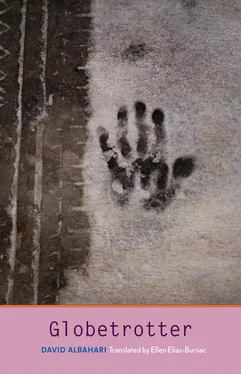
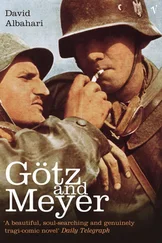
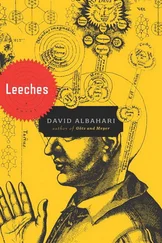
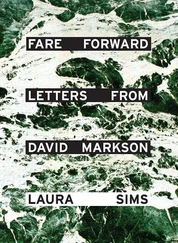
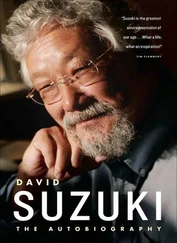
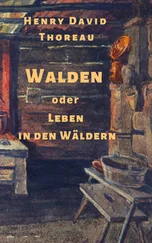

![David Jagusson - Fesselspiele mit Meister David [Hardcore BDSM]](/books/486693/david-jagusson-fesselspiele-mit-meister-david-har-thumb.webp)
